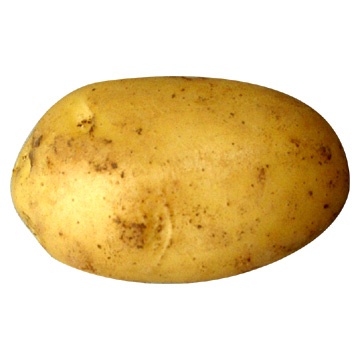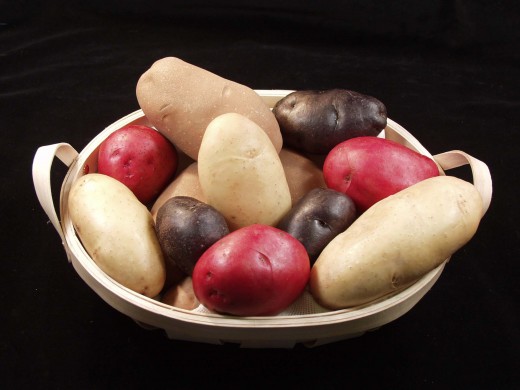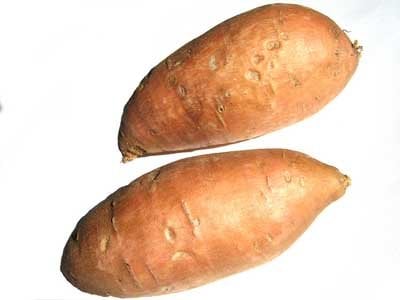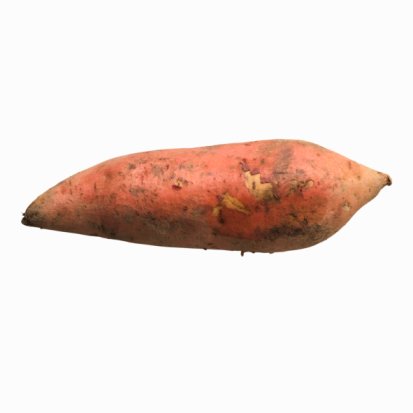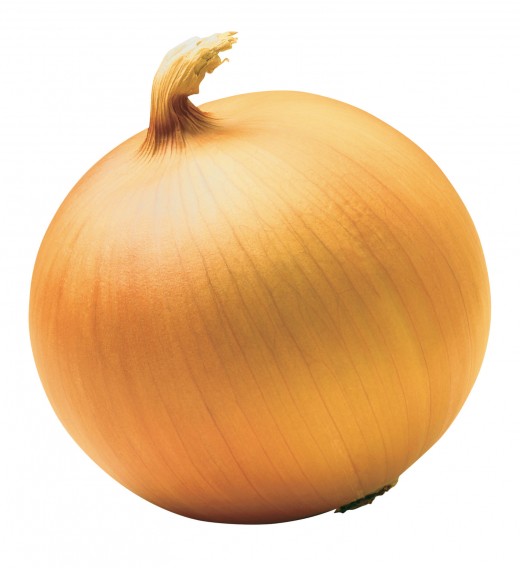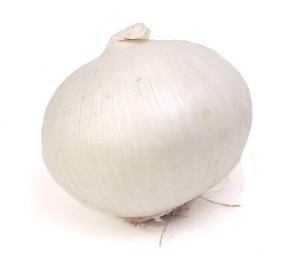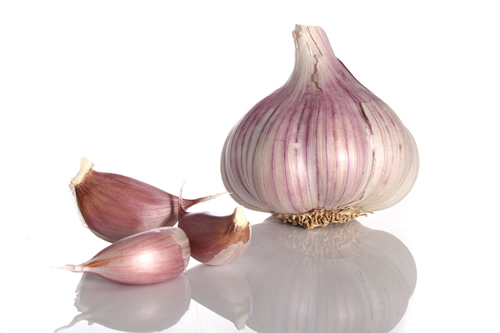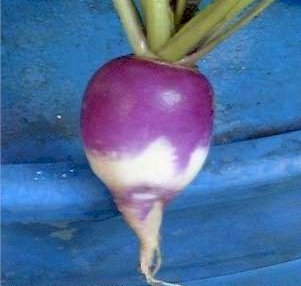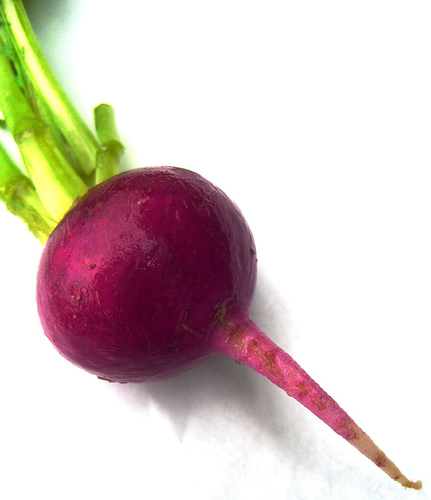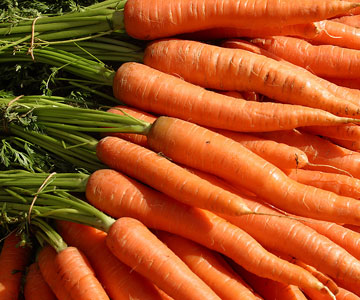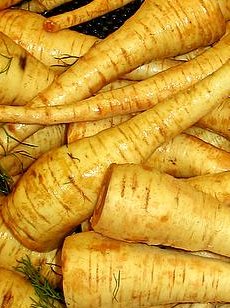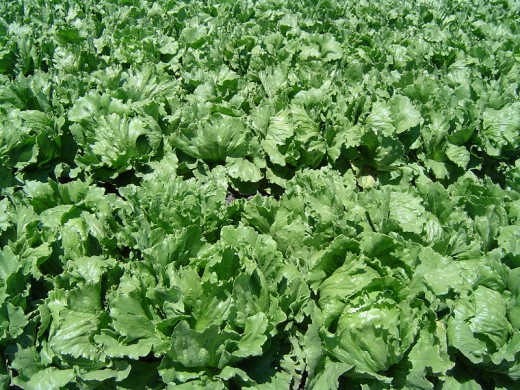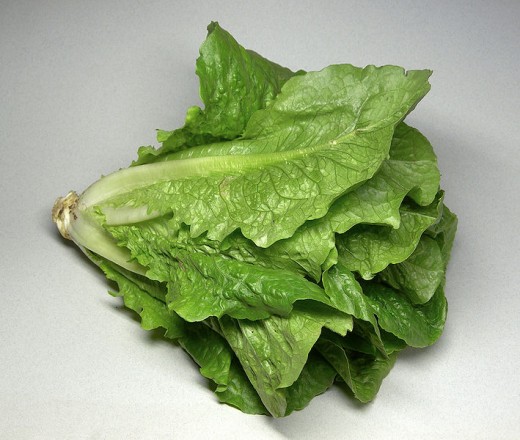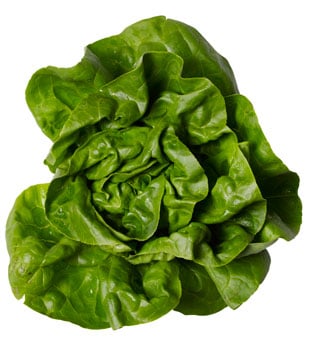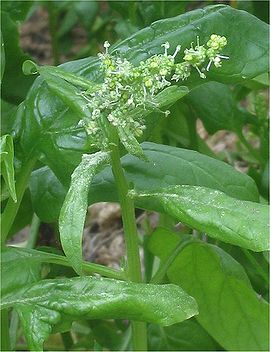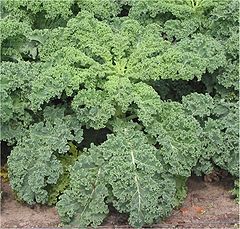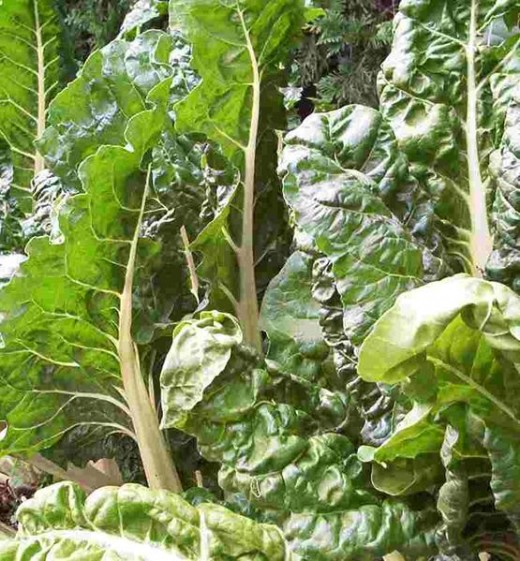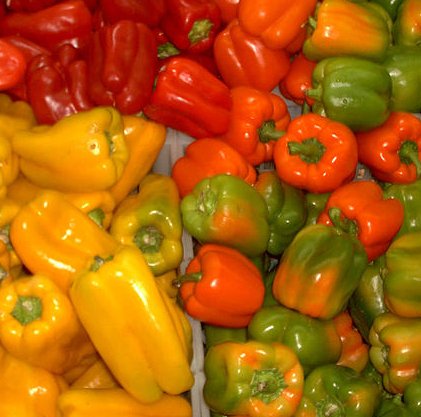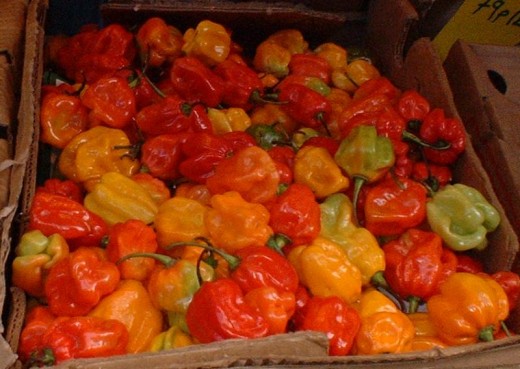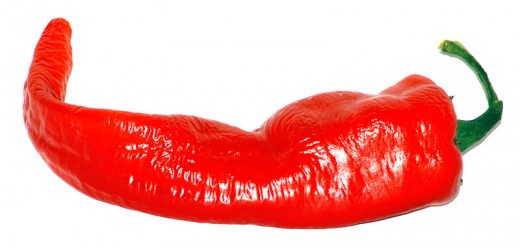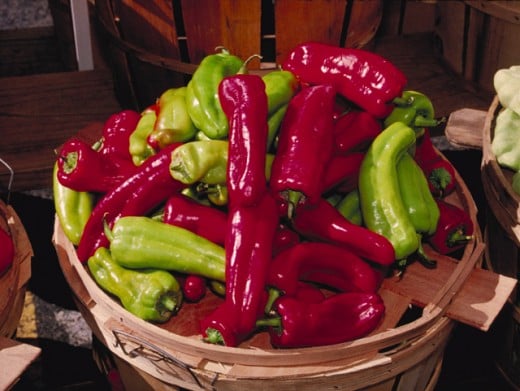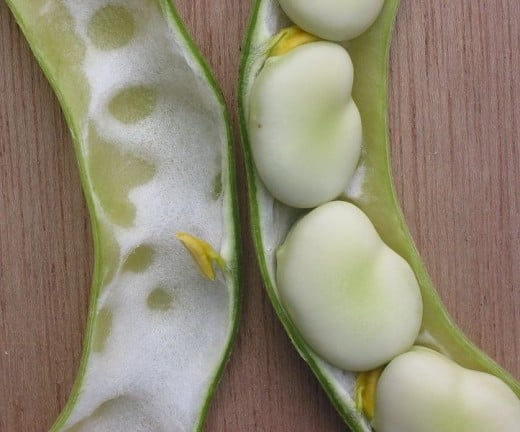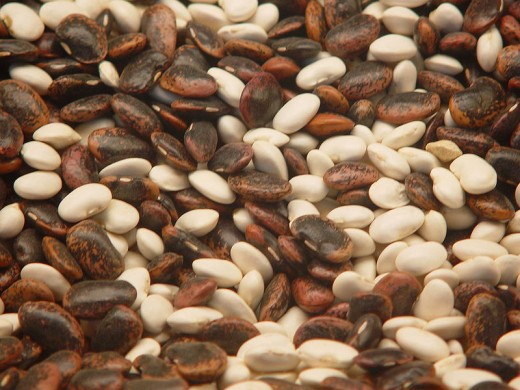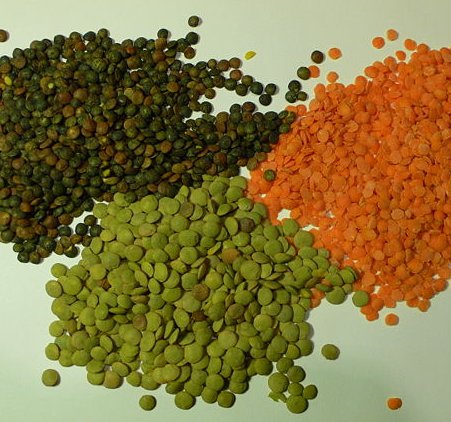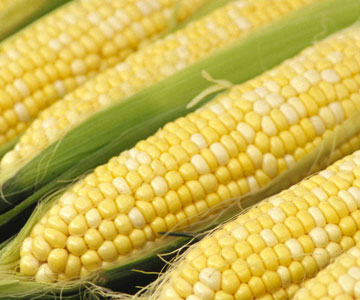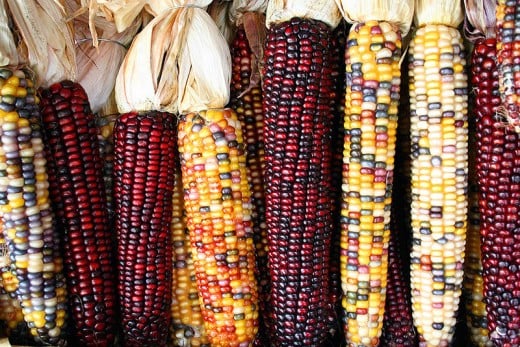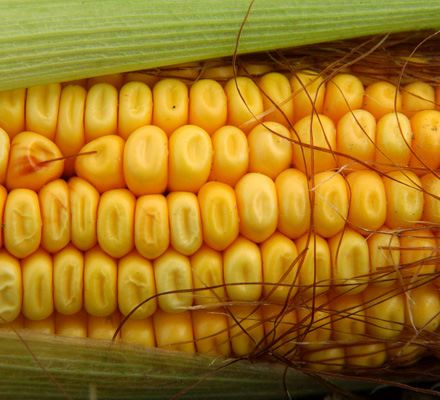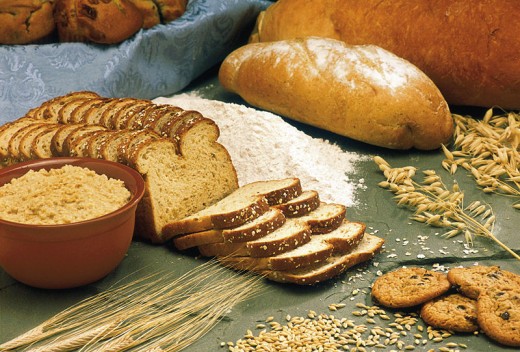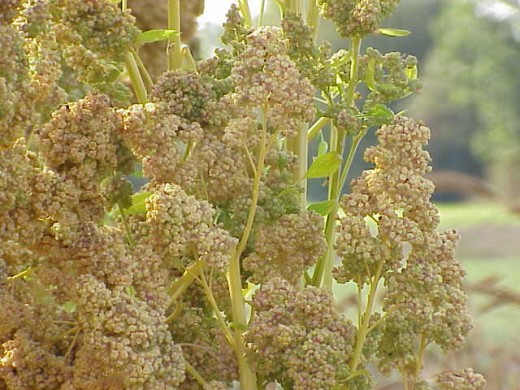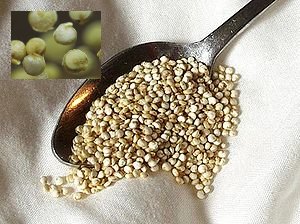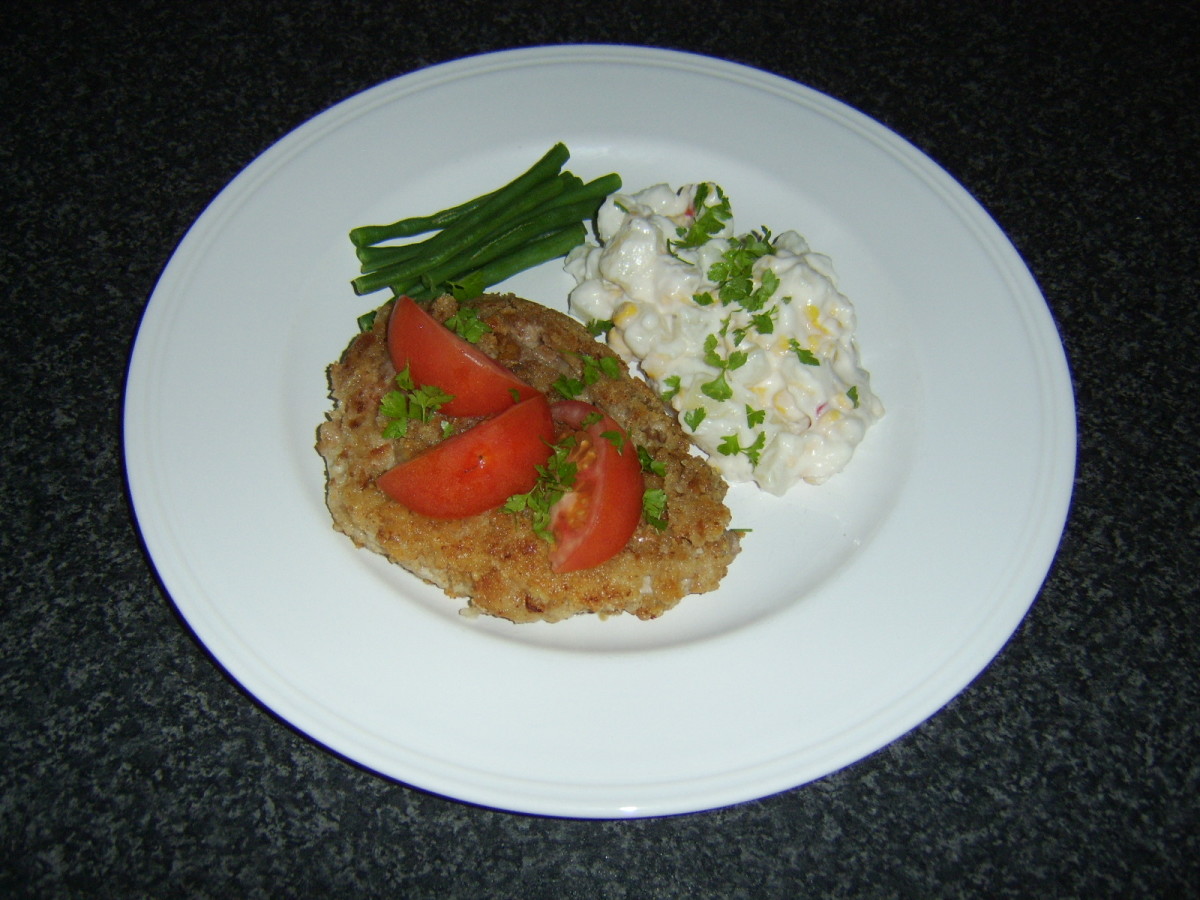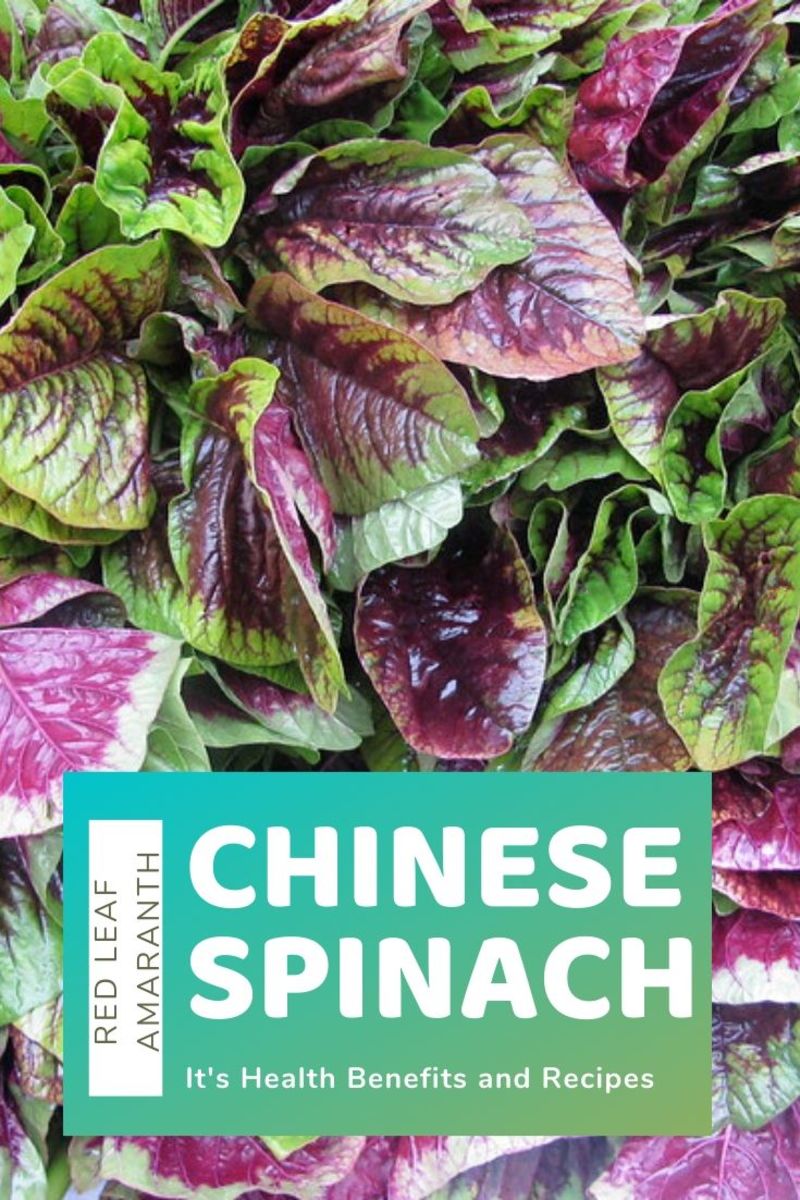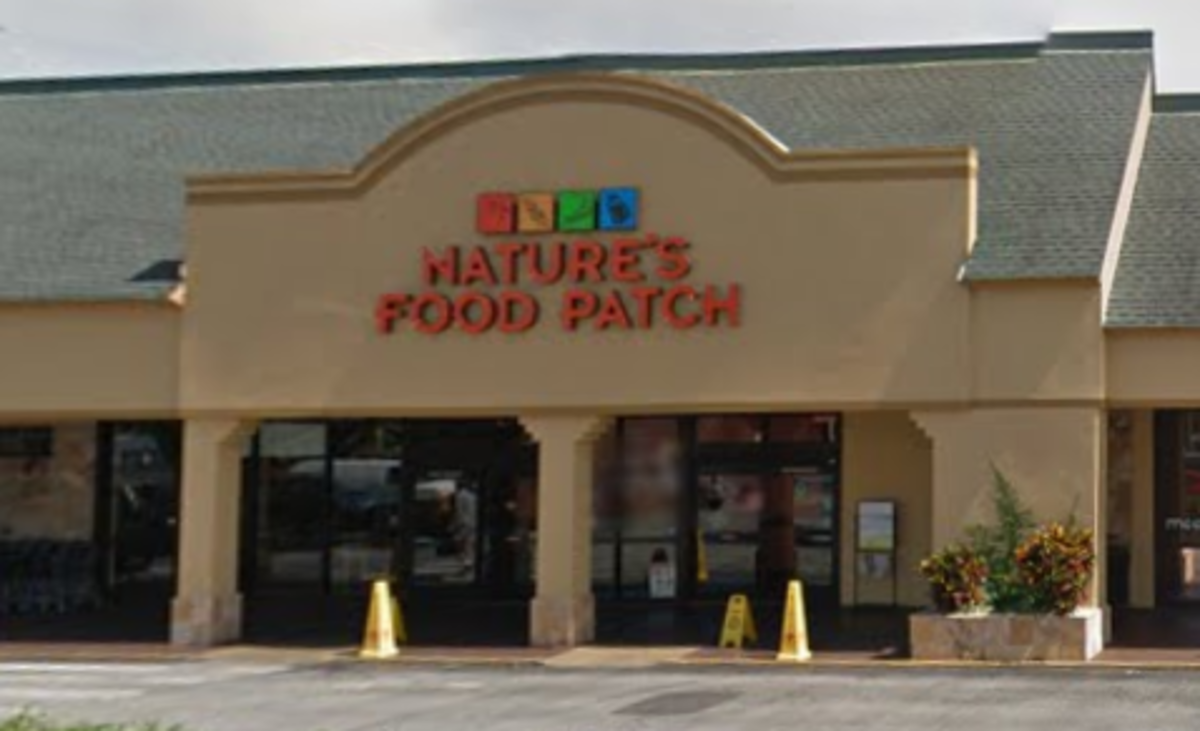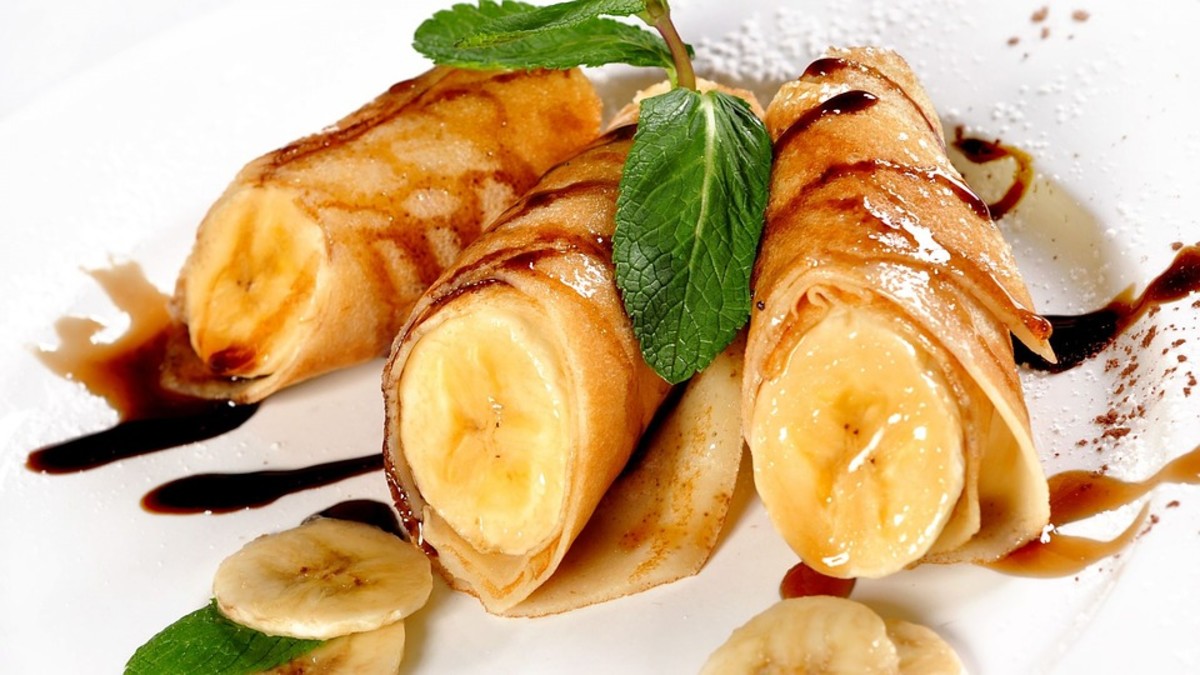Picking the "Best" Vegetables
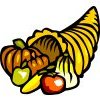
When is a Vegetable Ripe?
As with fruit, knowing when a vegetable is ripe (or past it's prime) can be tricky. This is important not only for flavor, but for health as well. In this hub I will discuss root vegetables (potato, onion, turnips, etc.), leafy greens (spinach, chard, celery leaf, parsley, etc.), peppers, beans, and grains (corn, quinuoa, etc.).











Root Vegetables
Potato: The potato is perhaps one of the oldest cultivated vegetables in the world with the first potato cultivated in what is now Peru eight thousand (8,000) years ago. As of today Peru can boast five (5,000) thousand varieties of potato. The Mayans living there, with no pesticides and a wide variety of climates, got around these problems by cultivating distinct varieties to address these problems.
In selecting a potato you should look for blemishes or soft spots. This is a touch difficult depending on the cultivar. Idaho, yellow, white, and purple potatoes should have smooth skins, be quite firm, and have no dark spots on them. Naturally, there will be eyes, but this expected.
Yams and Sweet Potato may be smooth skinned or slightly wrinkly depending on the species. Still, the flesh should be quite firm, free from blemishes or holes, and have no wild color variations (dark spots) on the skin.
I no case should the skin on a raw potato be loose.
Lately I've seen green grocers* offering prepackaged white, gold, and purple potatoes. This is just a beautiful dish with the various colors and, of course, you don't want to skin these potatoes before or after cooking them. The problem is the purple potato cooks at much different rate than the white and gold. So much so that once you bake or fry these as a group, you'll find the white and gold nicely cooked and the purple still a bit raw.
The way around this is to cook the purple potatoes first and add the other two ten minutes later or, if diced, cut the purple into 1/4 inch cubes and the other two into 1/2 inch cubes.
Note: You should keep your potatoes out of direct sunlight. Sunlight can cause the formation of Solanine which can cause the symptoms nausea, diarrhea, vomiting, stomach cramps, burning of the throat, heart arrhythmia, headache and dizziness. It can also cause hallucinations, loss of sensation, paralysis, fever, jaundice, dilated pupils and hypothermia in more severe cases.
Onion/Garlic: Onion is likely the second oldest cultivated vegetable in the world. Recipes featuring onions have been found by archaeologists dating to 5,000 BC.
White onions have more "heat", but less flavor; yellow more flavor and less "heat." All onions (that I know of) tend to lose the "heat" and gain some sweetness when cooked.
I group onion and garlic together because, beside external appearance, they are very similar in the way they should be stored, cooked, and handled.
A good onion should be blemish free, have one layer of dried skin on the outside, and be quite firm with no soft spots anywhere on the orb. A soft spot is a sure indication of spoilage.
You can refrigerate an onion, but you usually don't need to. Onions are cheap (relatively speaking) and plentiful.
In no case should you ever refrigerate garlic.
Garlic should be kept at room temperature because it is quite a hardy vegetable and the cold will "tell" the garlic it's spring and to start sprouting. Once garlic has started to sprout, that growth effort will cause it to become bitter.
Easy Slicing: To slice an onion cut, near the root end, a circle into the first layer. This circle might be only 1/4 inch from the root. Next, cut the flowering end of the onion off. Peel back the first layer of the onion to expose the moister inner layers and toss the skin. By preserving the root end of the onion you have something to hang onto as you slice off discs or dice the onion.
Peel Garlic the Easy Way: Separate a clove from the bunch. Cut off the flowering end and the root end. Put the clove between the palms of your hand and, with some pressure, rub your hands together vigorously. The outer skin should now just fall off.
Awesome Onions and Potatoes: Cut up four to five medium sized potatoes of various colors. Remember the "rule" if using purple potatoes (above). Place the potatoes on a sheet of foil lightly sprinkled with oil. To this add one onion, sliced with the rings separated. Add four to six cloves of garlic. Sprinkle with olive oil and salt & pepper. Toss. Bake at 350º F for one hour. Open (carefully) and enjoy.
For a touch of variety add some fresh basil and or bay (laurel) leaf before baking.
Beets and Turnips: I hate these. Well, I used to. As a kid the only beet I ever ate came out of a can. It had a weird color, spongy rubbery texture, and an even weirder taste. Turnips? That's just a beet with a different name.
As I said I used to hate them. Now I think they are one of the best additions to salad known to humankind.
As with potatoes you want to look for a vegetable that has firm flesh, no soft spots and few, if any, blemishes. Some assurance that your beet/turnip is fresh can be gathered from the state of the green stalk growing out of the top. This, in fact, is the way these things are usually sold. Look for firm, healthy looking stalks with no wilting. If the stalk has begun to wilt the bulb is sure to follow.
I don't cook my beets or turnips. I use them as an ingredient in salad and 'wow' does it ever taste good. An uncooked beet has a distinctive flavor, nice crisp flesh and a much better taste than the cooked beet. Certainly you can and should cook either if you wish, but do try shredded beet or turnip on your salad. It's also a great color addition and will make your salad that much more visually appealing.
Carrots/Parsnips: As with all the other vegetables mentioned above, you want to pick this veggy by firm texture and unblemished skin. Color is important too, so it's good to know that the carrot is vibrant orange and the parsnip slightly less vibrant. As with beets and turnips carrots and parsnips make a great salad topping if shredded or Julienned.
* Any store with a dedicated produce section qualifies as having a green grocer including, but not limited to, farmer's markets and vegetable stands.






Leafy Greens
This group includes lettuce, arugula, spinach, kale, and other (typically) green leafy vegetables.
Lettuce: There are many more varieties of lettuce these days than what our parent grew up with, unless that is, they lived on a farm. Most lettuce still sold in the U.S. is "iceburg" or Crisphead lettuce, but Butterhead, Chinese, Romaine, and Arugula are also more widely available.
No matter what cultivar of lettuce you buy it should be fresh (no wilted leaves except perhaps the very outer layer), have no odor, or brown spots. Lettuce grows close to the ground so no matter which of these varieties you buy you should thoroughly wash the lettuce to remove any dirt and debris.
Spinach: When I was a kid the only way I ate spinach was out of a can. I liked this stuff about as much as I liked beets (from a can); that is to say, not at all. It was slimy, dark green, and limp. Worse of all it tasted of iron, which I definitely didn't like.
But spinach is an excellent green raw. And properly prepared and served it's (in my opinion) a better green for salads than lettuce.
Spinach is also a leaf, but compared to lettuce, the leaves are shorter, thicker and each have a single stem. Like lettuce good spinach should not be wilted, dried out, or have any discoloration. It should also be thoroughly washed to remove dirt and other debris.
Kale/Chard: Comes in a number of varieties (curly leaf) and is very high in nutritional value and anti-oxidants. It is also a popular leafy green world wide. There are recipes for kale in the Netherlands, Ireland, Portugal, Germany, and southern Africa.
Unlike the other leafy greens listed here kale grows best in cooler climates not tropical areas. It also freezes well.
Celery Leaf: Not just the stalk of the celery is good to eat. The leafs and seeds are good as well. The leaf makes a fair substitute for parsley (since it has a strong yet pleasant flavor) and the seeds work well as spice*. As with all the other greens above look for (and avoid) wilting, browning, or be dried out.
* By definition a spice is any part of a plant used for flavor that comes from the stalk, seed, or bark. An herb is any part of the plant that comes from the leaf or flower.




Pepper, Chili
Chili pepper is likely the second oldest cultivar in the world after the potato. Pepper has been found in archaeological digs in the Americas dating to 7,500 BC. Though the plant is not closely related to "old world" black pepper, Christopher Columbus applied the designation due to physical similarities.
Chili Pepper ranges in "heat*" from no heat at all (Capsicum annuum) or Bell Pepper to intensely hot (Capsicum chinense) or Habanero. Even though the species name for Habanero is Capsicum chinense all chili peppers can trace their origins back to the Americas.
In all cases the "heat" of the chili is contained primarily in the stem and seeds of the chili. Removing these (and the inner membrane) will greatly reduce the heat of a chili. So will cooking to some degree.
Chilis are used as spice, medicine, and primary food ingredient. In some cultures the name of the chili changes as the chili pepper is processed. For example in Mexico the Chipotles is a dried, smoked ripe red jalapeno pepper.
Many chili peppers must have the outer skin removed before they are eaten. Other types of chili require no special processing and can be eaten as is.
If you are unfamiliar with chili it is best to have an experienced chili user along the first few times you go shopping for it.
The Scoville Scale is used to determine the heat index of a chili. This scale determines the amount of capaicin in chili. In Scoville's method, pepper extract from specific cultivars is diluted in sugar syrup until the "heat" can no longer be detected by a panel of five (5) tasters. The amount of dilution required gives the unit of measure on the Scoville scale.
Thus a bell pepper, containing no capsaicin at all, has a Scoville rating of zero (0). The hottest chilis, such as habaneros, have a rating of two-hundred thousand (200,000) or more. e.g. the habanero extract must be diluted two-hundred thousand times before the heat is no longer detectable. Since the test relies on the word of five test subjects the index is not considered that reliable.
To pick a good fresh chili look for the proper color and a firm unwrinkled skin. Dried chili will have a distinctive color, may or may not be wrinkled, yet will have the strong and distinctive odor for that cultivar. In all cases the pepper should not be soft or have drastic color differences on the skin. One possible exception to the color "spot" rule is in Bell Peppers which can have areas of yellow on green, yellow on red, etc.
- A red bell pepper has more vitamin "C" in it than one lemon or orange
- Birds do not have capsaicin receptors and are therefore "immune" to the "heat" of pepper. Birds are often responsible for the spread of native pepper plants
- Chili peppers are high in potassium, magnesium, and iron
- Chili peppers have high concentrations of vitamin B6 and carotene
* The primary chemical compound in pepper is capsaicin. When consumed, capsaicin binds to the pain receptors in the mouth and throat. These are the same receptors that are associated with sensing heat. These receptors, in turn, send a message to the brain that something hot has been consumed. The brain then responds to this sensation by raising the heart rate, increasing perspiration and releasing endorphins.



Beans
Beans are the seeds of the plant order Fabaceae. Beans are another "fruit" exported around the world from the Americas. Bean cultivation in the "new world" has been traced as far back as six-thousand (6,000) years. This is another plant that was introduced to Europe after the Columbian expeditions.
Beans can be acquired fresh or dried. Dried beans include fava/broad beans (old world) as well as kidney, black, pinto, and navy/haricot all of which are considered "new world" beans. Raw red and kidney beans contain a toxin (Phytohaemagglutinin) which must be cooked out of the bean. The recommendation for destroying this toxin is to boil these beans for at least ten minutes.
Beans cause flatulence in most humans because they contain sugars (mostly raffinose and stachyose) that cannot be digested by the usual means. There does exist a bacteria (in the large intestine) that can digest these sugars, but a byproduct of that digestion is gas.
Beans typically contain high levels of protein and carbohydrates (almost equal amounts) in proportion to the levels of fat. In fact beans are almost fat free.
Lintels (a legume) contain higher levels of protein that most other beans, but they also contain more carbohydrates and fat.
Dried beans should be whole, unblemished and quite firm. Fresh beans should be whole, a uniform color, and be blemish free.






Grain
Grains are the seeds of grasses. This includes maize (corn), rice, wheat, barley, oats, etc. Quinoa (pronounced KeenWah) is a relatively "new" (to Western consumers) grain that has a six thousand year history in the Andes.
Most grain is purchased in a sun-dried form in bulk. Some grain, such as wheat, is typically processed into a powder called flour. Quinoa is not a true grain as the plant it comes from is more closely related to beets and spinach.
Corn: Corn should be selected by kernel tenderness and plumpness. There are now many cultivars of corn one of which is in the featured photographs. Some cultivars, grown as cattle feed, look very much like the corn grown for human consumption. For that reason knowing how to pick the best corn will mean the difference between a kernel that has the texture of leather and one that is sweet and succulent.
To pick the best corn, assuming you are buying whole ears, shuck the outer leaves until you can see the individual kernels. If you see any discolored kernels discard the ear and go to the next one. To test for tenderness press your thumbnail into kernel about half the depth of the kernel. If the kernel pops you have a good ear. If you can't pop the kernel with this much pressure it's not going to be very good to eat.
If the corn looks like the picture at right with the caption "feed corn" do not buy it. The dimples in each kernel are a dead giveaway. This is intended for as cattle feed, not for human consumption. Unfortunately, because both types of corn look similar you could end up buying feed corn when you wanted sweet corn.
Wheat/Rice/Barley/Oats: All of these grains are sold dried or processed in the North American hemisphere. And most are packaged in such a way that you can't see the product until you get it home from the store. The one possible exception is rice.
Rice: Rice should be cooked at a ratio of one (1) part rice to two (2) parts water. Depending on the cultivar, rice should take from twenty (20) minutes to cook (white, basmati, jasmine) or, for brown rice, forty (40) minutes to cook.
Barley: Barley should be cooked at a ratio of one (1) part barley to three (3) parts water. Properly cooked barley takes about forty-five (45) minutes.
Oats: This depends on whether it's groats (whole cooked grain), flakes, or pre-processed oat flakes. "Old Fashioned" rolled oats should take fifteen (15) minutes to cook. "Quick" oats (pre-processed) oats, sometimes mistaken called "old fashioned" take about five (5) minutes to cook. Oat groats take about twenty (20) minutes to cook. If cooking groats (whole kernel with outer husk removed) you want one (1) part oats to two (2) parts liquid. "Old Fashioned" rolled oats the same ratio of one (1) part oats to two (2) parts liquid. Steel Cut oats one (1) part oats to three (3) parts liquid.
Steel cut (and groat) oats can be "crock-pot" cooked overnight.
In all cases the grains should be whole, undamaged, and of a uniform color. If they are not take them back to the store for an exchange or refund.
Quinoa:This grain has been grown in the Andes long before Europeans entertained the idea of another continent across the sea. Mayan's, who grew this pseudo-grain as a staple, referred to it as "the mother grain."
Unlike most other grains, quinoa can grow in cold harsh conditions with little water and limited cultivation. Unfortunately it also has a long growing cycle, coming to maturity over a longer period of time.
Of all of the grains covered here quinoa has the most complete nutrient profile where a single serving provides at least 21% of essential vitamins and minerals. It is very low in fat, but high in protein and dietary fiber.
Quinoa grains are coated with Saponins which are toxic. Birds do not like this toxin either and this keeps the seeds from being ravaged by them prior to harvesting.
Lately some cultivars of quinoa have been produced that limit this toxin. Growers in the Andes rejected this grain after one growing season because raiding birds left little of the crop for harvest. Nature, it seems, has the right plan for this grain.
To remove the saponins, quinoa should be soaked in water for at least two hours. Saponins, which are only mildly toxic to humans, but have a very bitter taste, are water soluble. You can tell if the soaking is effective as the toxin resembles dissolved soap in the water...complete with soapy bubbles. After the two hour soak be sure to rinse the quinoa two more times with cool running water. I find a steel mesh colander ideal for this.
Quinoa is cooked identically to rice. One part dry quinoa to two parts water. Cooking time should be twenty minutes, but test the grains at that amount of time.
Quinoa has a nutty flavor and a slightly firmer texture than rice when properly cooked. The price of this grain has dropped from two years ago. I highly recommend trying it.
Vegetable Disinfectant
I use this method with every item of produce I buy. From tomatoes to chard; including potatoes. Not so with onions.
I fill the sink with cold water. This is about eight gallons of water. I add two (2) Tablespoons of liquid bleach. I allow the vegetables to soak in this bath for no more than ten minutes. Much less with tomatoes (see note).
I then drain the sink and rinse the vegetables at least two more times. They keep for considerably longer than without this treatment; no mold problems. And I've never gotten any one sick. In fact I'm certain this bath is the reason I always serve bacteria free vegetables.
* Tomatoes absorb water through the stem end. Especially if that stem has been removed from the tomato. For this reason I keep the bleach bath tomatoes for no more than two (2) minutes.
Notes
- As with fruit, your vegetable selections should be firm, unblemished, odor free and healthy looking.
- A serving of vegetables with your meals will insure a good source of vitamins "D", "B", and all the dietary fiber you need for that day.
- All vegetables can be stored at room temperature out of sunlight. Once ripeness has been reached they can be refrigerated to extend their useful life.
- Any sign of degradation or mold qualifies your veggys for instant ejection from the kitchen. e.g. throw it out.

